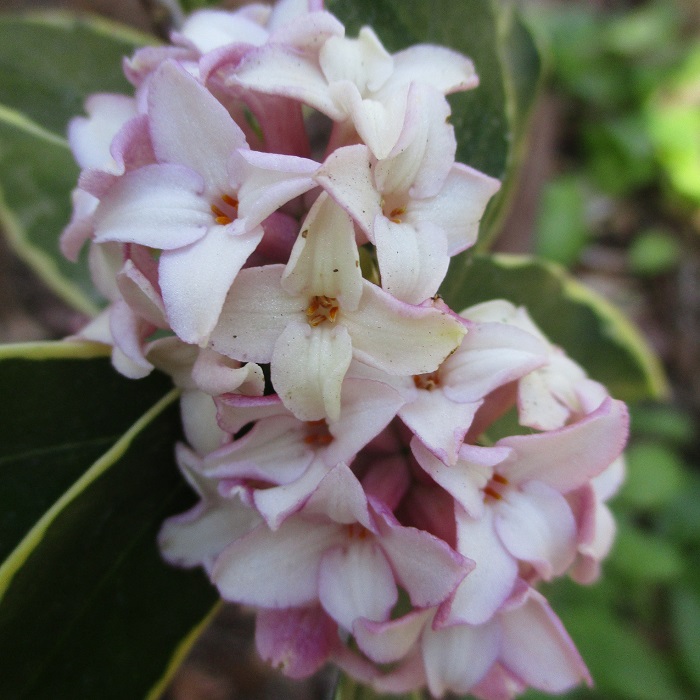UNITED STATES—Foliage needs sunlight for photosynthesis. Foliage needs air for respiration. Roots need moisture to sustain foliage. Houseplants can technically get all of what they need from the confinement of their pots within the interiors of homes and other buildings. They only require sufficient moisture to be delivered to them, and sufficient sunlight from windows. The air is the same that we all utilize.
However, there is no substitute for nature. While hydroponics and synthetic light facilitate yet more deprivation of what is natural, the plants involved would appreciate more consideration. Without exception, domesticated plants are descendants of plants that grew wild somewhere. Those that dislike local weather would be pleased with the weather of their respective ancestral homelands.
Most of the popular houseplants that are grown for their lush foliage originated from tropical forests. Many were understory plants that prefer the shade of larger trees. That is how they tolerate the relatively shaded interiors of buildings. Now that they are here as houseplants, they appreciate shelter from frost. They probably miss rain, humidity, sporadic breezes and tropical warmth though.
There is no rain indoors.
Rinsing tropical foliage plants in the shower eliminates some of the dust that they accumulate where air stagnates. Rinsing them out in the garden is even better because it does not make such a mess in the shower. What is even better than both of these options is allowing a gentle rain to rinse the foliage. Plants only need to be moved to a windless spot prior to an expected rain shower.
The weather was much too cool earlier in winter. There will be no rain later in summer. This time of year, and again next autumn, the weather is safely mild; and eventually, a few showers are likely. Timing is critical. Plants should be brought out just prior to rain, and brought in before the weather gets sunny. Foliage that has always been sheltered is very sensitive to scald from direct sunlight.
Saucers and pots can be cleaned while outside. Crowded plant can be repotted.
Highlight: winter daphne
While winter weather is still cool and damp, winter daphne, Daphne odora, provides an alluringly fresh fragrance of spring. It is easy to dismiss the abundant, but rather small domed trusses of tiny pastel pink flowers as the source of their formidable fragrance. Like so many fragrant blooms, daphne bloom is visually demure. Nevertheless, blooming stems are delightful with other cut flowers.
‘Aureomarginata’ is the most popular cultivar of daphne, and is the only cultivar available in many regions. The handsomely glossy evergreen foliage is variegated with yellowy white or light yellow margins. Mature plants get about two feet tall and about twice as wide, with a delightfully tame hemispherical form. They may get slightly taller with slightly less refined form where partially shaded.
Daphne prefers rich and loose soil, and with sufficient organic matter, will tolerate rather sandy soil. Partial shade might inhibit bloom somewhat, but is otherwise not a problem. Proper placement is important. Established daphne recover slowly from transplant. It is also important to be aware that even the healthiest of plants may live for only five years, and rarely live for more than ten years.
Horticulturist Tony Tomeo can be contacted at tonytomeo.com.






